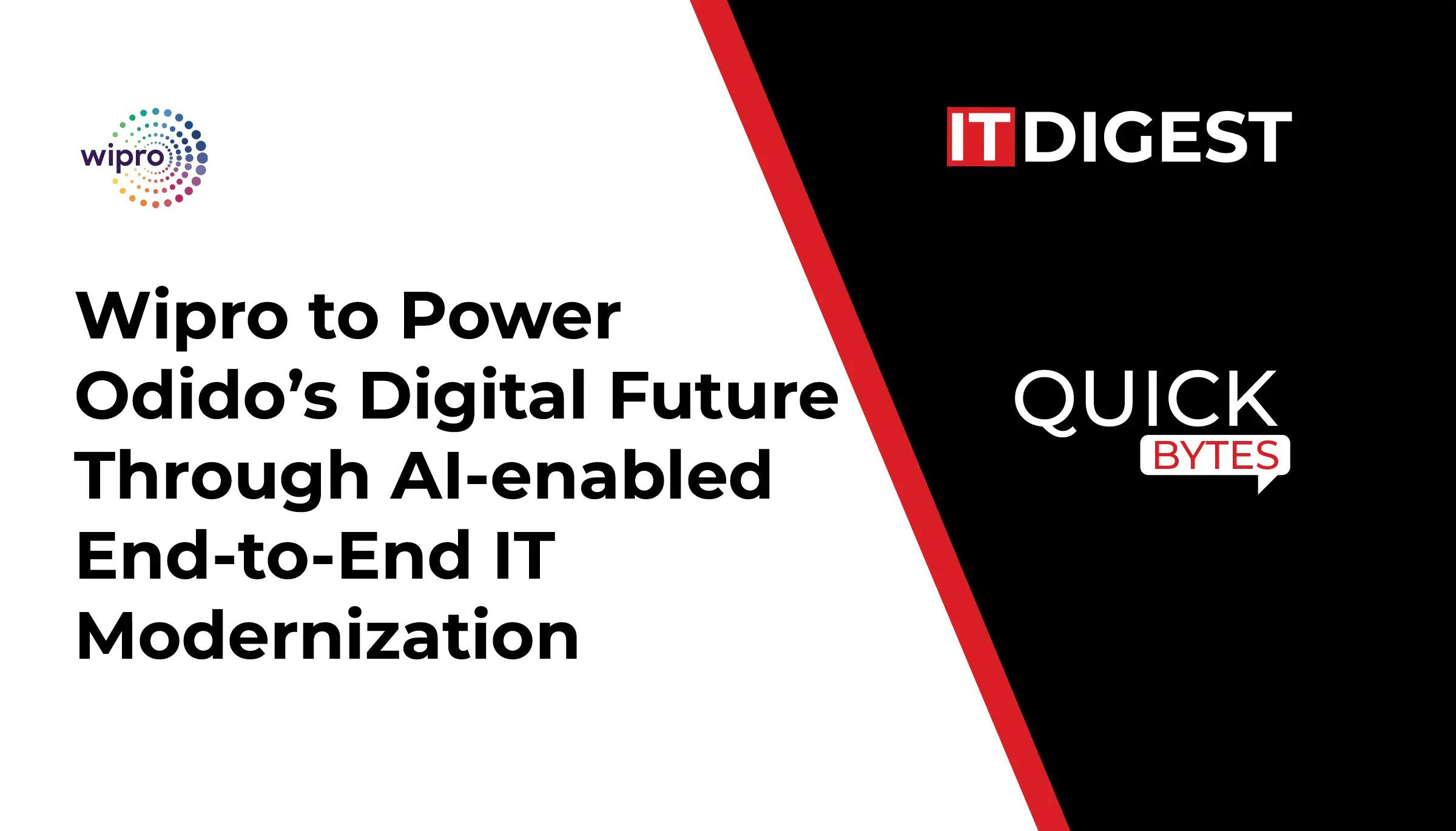Supermicro, Inc, a provider of complete IT solutions for Cloud, AI/ML, HPC, Cloud, Storage, and 5G/Edge, added new maximum-performance GPU, multi-node, and rackmount systems to its X14 portfolio based on the Intel Xeon 6900 series processors with P-Cores (formerly Granite Rapids-AP). The new industry-leading selection of workload-optimized servers addresses the needs of modern data centers, enterprises, and service providers. Together with the efficiency-optimized X14 servers leveraging the Xeon 6700 series processors with E-cores launched in June 2024, today’s additions add maximum compute density and power to the Supermicro X14 lineup to create the industry’s broadest range of optimized servers supporting a wide variety of workloads from demanding AI, HPC, media, and virtualization to energy-efficient edge, scale-out cloud-native, and microservices applications.
“Supermicro X14 systems have been completely redesigned to support the latest technologies, including next-generation CPUs, GPUs, the highest bandwidth and lowest latency with MRDIMMs, PCIe 5.0, and EDSFF E1.S and E3.S storage,” said Charles Liang , president and CEO of Supermicro . “Not only do we now have over 15 families in our offering, we can leverage these designs to create custom solutions with complete rack integration services and our own developed liquid cooling solutions.”
Approved customers can receive early access to complete, full-scale production systems through Supermicro’s Early Ship program or for remote testing with Supermicro JumpStart .
Also Read: CloudVision Powers Modern Enterprise Network Models
These new Supermicro X14 systems feature completely redesigned architectures, including all-new 10U and multi-node form factors that support next-generation GPUs and higher CPU core densities. Revamped memory slot configurations with 12 memory channels per CPU and new MRDIMMs deliver up to 37% better memory bandwidth compared to DDR5 DIMMs.
The new Supermicro X14 family consists of several new systems, including several completely new architectures, in three distinct categories for specific workloads:
- GPU-optimized platforms designed for raw performance and enhanced thermal capacity to support the latest technology and highest power consumption GPUs. System architectures are built from the ground up for large-scale AI training, LLMs, generative AI, 3D media, and virtualization applications.
- High-density multi-nodes including the all-new FlexTwin™, SuperBlade®, and GrandTwin®, which leverage resources such as shared power and cooling to increase efficiency, as well as direct-to-chip liquid cooling on specific models to maximize density without compromising performance.
- The proven Supermicro Hyper Rackmounts combine single and dual socket architectures with flexible I/O and storage configurations in traditional form factors, enabling businesses and data centers to scale up and down as their workloads evolve.
Supermicro’s new max-performance X14 systems support the new Intel Xeon 6900-series processors with P-cores, while efficiency-optimized X14 systems support the Intel Xeon 6700-series processors with E-cores, released in June 2024. These systems will also offer socket compatibility with the soon to be released Intel Xeon 6900-series processors with E-cores and Intel Xeon 6700-series processors with P-cores in Q1 2025. This will provide even greater flexibility when optimizing systems for performance-per-core or performance-per-watt.
“For the first time, Intel is offering two distinct, same-generation, workload-optimized Xeon processor families, each designed to deliver specific performance and efficiency profiles that can accelerate results, revolutionize compute power, capacity, and rack density, and maximize ROI for modern data centers,” said Ryan Tabrah , vice president and general manager of Xeon Products at Intel. “With the new additions, Supermicro can offer customers even more choice as it launches these new performance-optimized CPUs for AI and compute-intensive workloads.”
SOURCE: PRNewswire
































